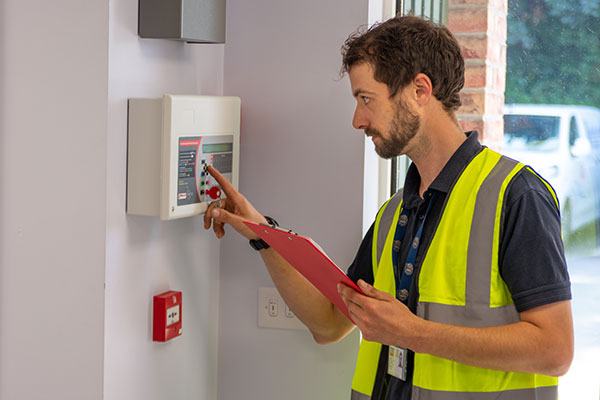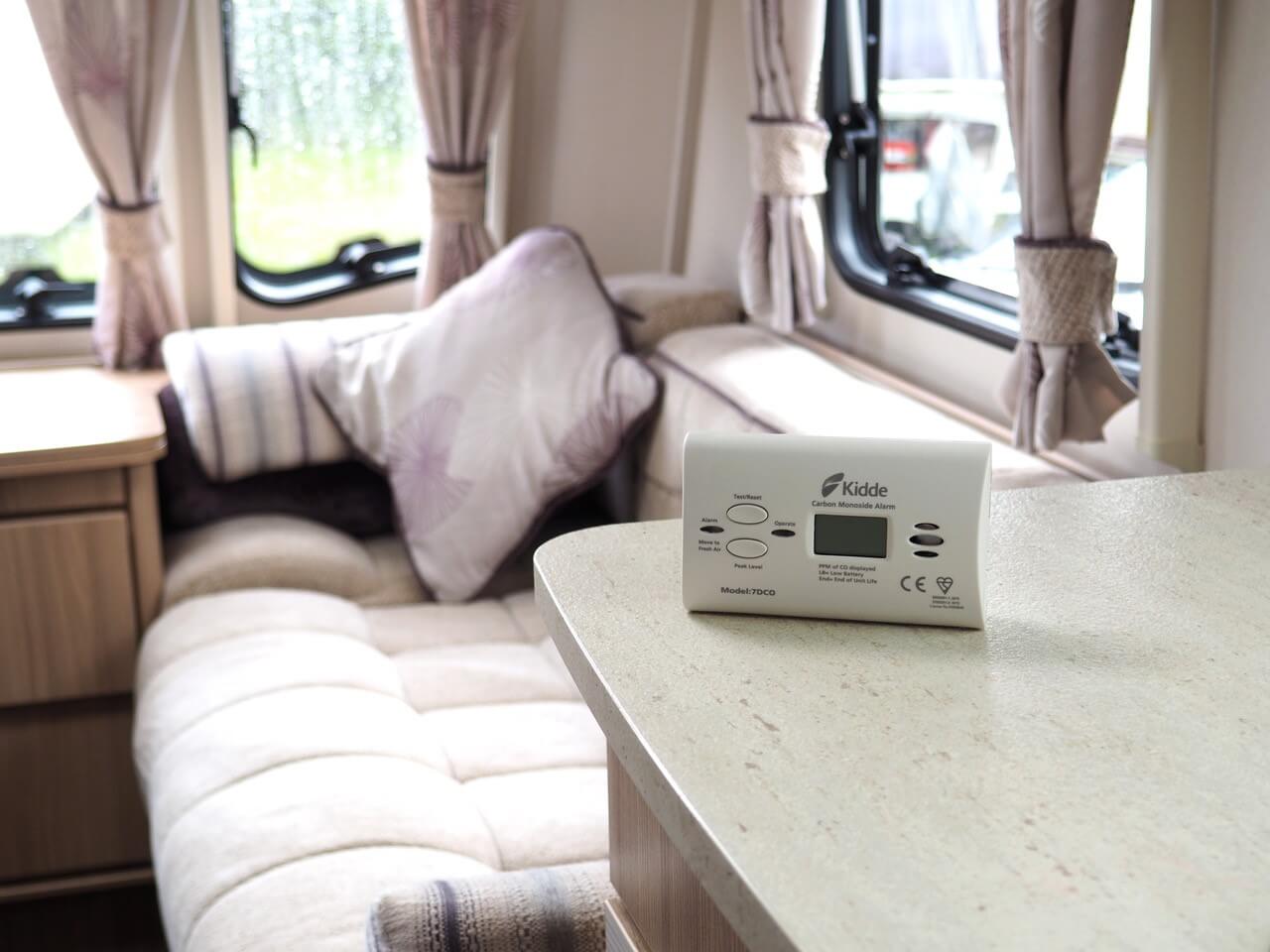Saturday 4th October 2025
The primary purpose of an automatic fire alarm system is to provide early detection of fire conditions and alert occupants to evacuate safely. This critical safety equipment serves as the first line of defence against fire hazards in both commercial and residential buildings, giving people precious time to escape before conditions become life threatening.
Early Detection Saves Lives
An automatic fire alarm system continuously monitors your building for signs of fire through various detection methods. Heat detectors respond to temperature changes, while smoke detectors identify particles in the air that indicate combustion. This constant vigilance means the system can detect a fire in its earliest stages, often before occupants become aware of the danger.
The speed of detection directly impacts survival rates. Studies show that people have just minutes to evacuate once a fire takes hold. An automatic system provides this vital early warning, activating audible and visual alarms throughout the building to ensure everyone receives the alert simultaneously.

Fire Alarm System Components Work Together
A complete fire alarm system comprises several key components that work in coordination. The fire alarm panel serves as the central hub, monitoring all connected devices and controlling the system’s response. Automatic detectors continuously sense environmental changes, and manual call points allow occupants to trigger the alarm if they spot a fire before the automatic sensors respond.
Sounders provide the audible warning that alerts occupants to evacuate. Beacons offer visual indication to ensure compliance with accessibility requirements. This integrated approach ensures comprehensive coverage and reliable operation when needed most.
Commercial Fire Alarm System Requirements
The Regulatory Reform (Fire Safety) Order 2006 requires businesses and organisations to conduct fire risk assessments through competent persons. These assessments determine the appropriate fire alarm system specification based on building layout, occupancy and risk factors.
Commercial premises typically require systems compliant with BS 5839-1: 2017, which covers everything from simple manual systems to complex networked installations. The standard ensures adequate detection coverage and warning capability for the specific application.
Types of Fire Alarm Panel Systems
Three main types of fire alarm panel systems are available, each suited to different applications:
- Conventional Systems divide buildings into zones and identify which area has activated. These cost effective solutions work well for smaller premises with straightforward layouts.
- Two Wire Systems offer improved installation efficiency by allowing detectors and sounders to share the same circuit. This reduces installation time and costs while maintaining zone identification capability.
- Addressable Systems provide the most advanced functionality, identifying the exact device that has activated. This precision helps emergency responders locate incidents quickly and enables sophisticated programming through cause and effect features.

Fire Alarm System Installation Considerations
Proper fire alarm system installation requires careful planning and professional expertise. The system design must account for building layout, occupancy patterns and environmental factors that could affect detector performance.
Qualified installers ensure devices are positioned correctly, wiring meets current standards, and the system integrates properly with other building safety equipment. Professional installation guarantees reliable operation and compliance with relevant regulations.
Beyond Detection: Complete Fire Safety
Whilst early detection and warning form the primary purpose of automatic fire alarm systems, modern installations often integrate with other fire safety measures. These may include automatic door release mechanisms, smoke control systems and connections to monitoring centres for immediate emergency response.
This integrated approach creates a complete fire safety strategy that not only alerts occupants but also helps contain the fire and facilitate emergency response efforts.
The investment in an automatic fire alarm system provides invaluable protection for life and property. When seconds count in a fire emergency, these systems deliver the early warning that can mean the difference between a safe evacuation and a tragedy.
All information correct at time of posting.



